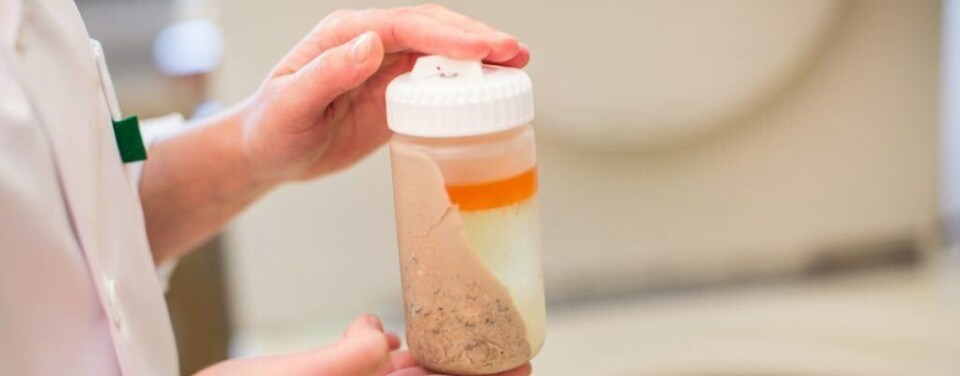
Off-cuts on the menu
Enzymes could be used to make protein powder from salmon trimmings more palatable as a human health supplement, according to new research.
Tone Aspevik, a PhD candidate from Nofima and the University of Bergen, used various enzymes on fresh salmon heads and backbones to try produce hydrolysates that lacked the bitterness that standard hydrolysis appears to impart on the flavour of the protein powder.
The results could have an impact on the salmon by-product industry, human health and – in the long run, the feed industry too.
As Aspevik explained to Fish Farming Expert: “The research has aimed to produce fish protein hydrolysates for human consumption, with focus on taste. A drawback in the production of fish protein hydrolysates for human consumption is the formation of bitter and unpalatable tastes during the process. The benefit of using an enzymatic hydrolysis process is an increased yield of water-soluble peptides and free amino acids. Thus, the process might also be interesting for the salmon feed industry. Moreover, my colleague Tor Andreas Samuelsen showed in his PhD thesis (2015) that small peptides and free amino acids have plasticizing effects in the production of feed pellets.”
The key element that differentiated her research from previous projects was her emphasis on making the proteins palatable.
“There is nothing new in making protein powder from fish trimmings. But the aim of my PhD project was to gain a deeper understanding of how a so-called hydrolysis process affects the degradation of fish proteins and how it affects the taste formed in the end product,” she pointed out.
Her project therefore aimed to find out which enzymes and process conditions produce fish protein powder that has a good taste, at the lowest possible cost.
“Enzymes are small biological scissors which can chop up the proteins found in the trimmings into smaller peptides,” she explains. “These peptides dissolve easily in water and can be utilised more easily in a variety of products than is the case with the intact protein.”
Enzymes are expensive, however, and to create a product which is commercially feasible one criterion was to test enzymes that are already on the market at a satisfactory price. Another criterion was that the hydrolysis should run with a natural pH, without the addition of acids or bases, in order to achieve the purest protein.
Together with colleagues at Nofima’s feed technology centre in Bergen, Aspevik tested and compared several enzymes based on cost and their ability to chop up salmon proteins. Nutritional and chemical properties of the final products have been tested in BioLab’s laboratory in Bergen and by the Department of Chemistry at the University of Bergen, and taste has been evaluated by Nofima’s sensory panel of judges. In addition, techniques to reduce bitterness were tested.
Aspevik duly managed to produce high quality protein powder that is significantly less bitter, despite still having a characteristically fishy taste.
“There is therefore a great potential for increased exploitation of trimmings in the production of fish protein powder as food for human consumption,” she concluded.





















































